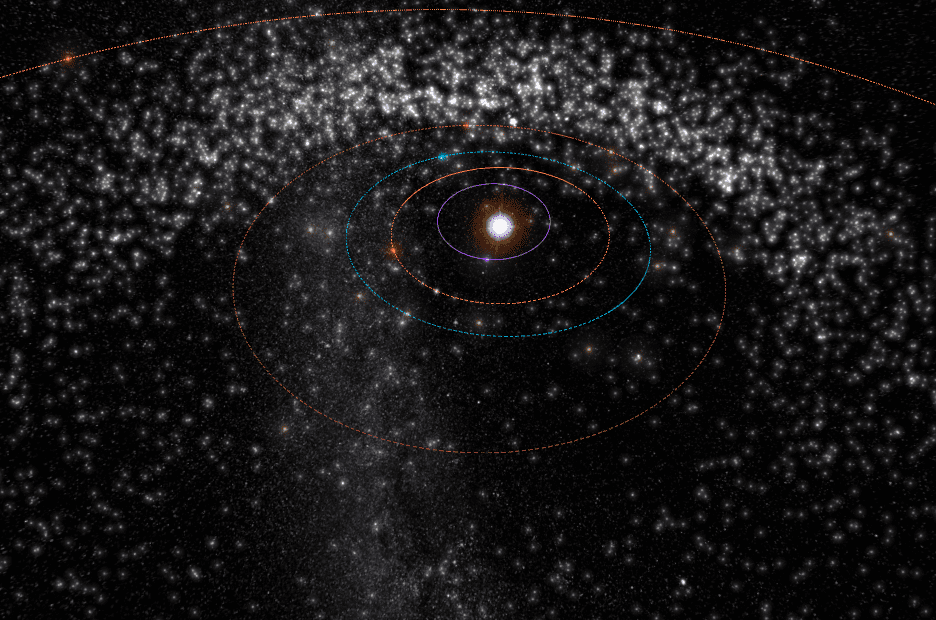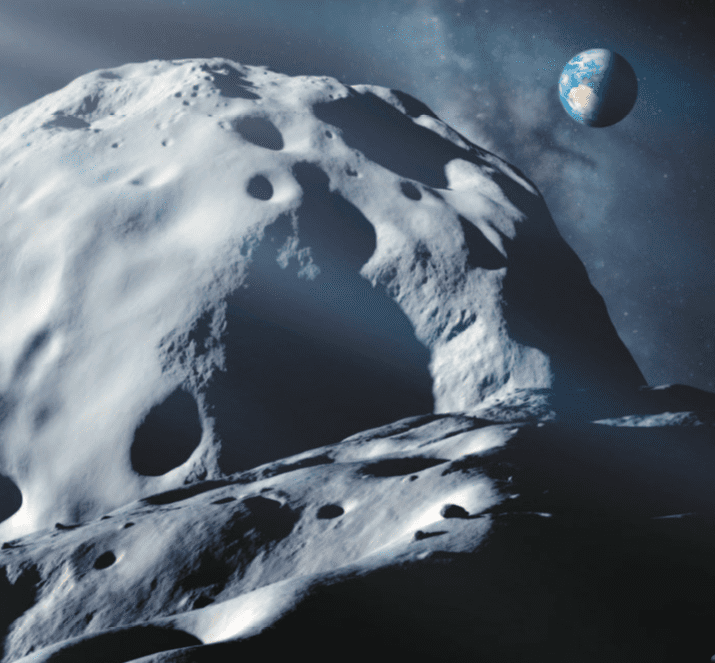Criticism continues to grow for NASA’s Asteroid Retrieval Mission (ARM) — the space agency’s plan to capture a 10-meter-wide piece of an asteroid and bring it into lunar orbit for further analysis. Among experts’ complaints: The mission is expensive; it doesn’t really further our knowledge of asteroids; and it doesn’t help us get to Mars.
So what should NASA do instead of ARM? Richard Binzel, an MIT professor of planetary sciences, says he has the answer.
A few months ago, Binzel presented a damning critique of ARM, calling it an “exercise of giving astronauts something to do” and claiming that it would destroy NASA’s Planetary Science Division. As we detailed in August, ARM is the byproduct of President Obama’s challenge for NASA to send astronauts to an asteroid; a tight budget turned that idea into the retrieval mission instead. But the plan’s lack of vision and exorbitant cost could be a setback for NASA’s trip to Mars, Binzel argued.
Now in a new commentary piece published in the journal Nature, Binzel criticizes ARM once again — but he also offers up what he considers to be the best alternative: an asteroid survey mission. He suggests that NASA should conduct an assessment of all the near-Earth asteroids to determine which ones we could conceivably visit in the future. Then, NASA should send a manned mission to one of the best interplanetary rocks we can find.
“Hundreds if not thousands of asteroids orbit very closely to the Earth and we can easily go to one. All we have to do is find them first.”
“There are roughly 10 million near-Earth asteroids orbiting between Earth and Mars that are larger than 10 meters across,” Binzel tells Popular Science. “Hundreds if not thousands orbit very closely to the Earth and we can easily go to one without requiring retrieval. All we have to do is find them first.”
The idea of an asteroid survey isn’t a novel concept. Numerous private companies have become interested in the idea, especially since many want to find asteroids to mine for profit. NASA has also attempted asteroid surveys in the past, but those efforts haven’t been fruitful. According to Binzel’s paper, “we have detected scarcely 0.1 percent of [near-Earth asteroids] because our current asteroid survey network is not up to the task.” Additionally, NASA only spends a lowly $20 million per year on asteroid searches, not enough to truly map the asteroid belt.

Finding Them First
Binzel envisions NASA conducting a competition for the initial survey in the same way the agency pitted private companies against one another for the coveted Commercial Crew contracts. This way, various outside companies could come up with unique and different ways for finding asteroids (most likely utilizing space-based survey telescopes), and then NASA could choose the asteroid-locating method it likes best.
Once NASA picks its favorite survey technology, it can then pinpoint the closest and easiest asteroids to which we can travel. Because these rocks are so close by, Binzel says an asteroid mission won’t require much rocket propulsion, and the entire trip could happen in a matter of weeks. Such a mission could be crucial for eventually going to the red planet.
“The idea is a very short duration, nearby mission that gives us our first experience in leaving the cradle of out Earth-moon system. These asteroids are in interplanetary space, and we have to learn how to fly in interplanetary space if we ever want to go to Mars. So the real value is the operational test of getting to interplanetary space.”
Apart from that long-term goal, Binzel gives many additional reasons for visiting asteroids, as well as suggestions for making that happen:
With ARM as it is now, astronauts will only be able to examine a 10-meter-wide asteroid outside of its natural habitat. Binzel and others have noted that 10-meter-wide asteroids pass as close as our moon each week, and many small meteorites hit our planet all the time. There’s really nothing special about bringing another little asteroid closer to Earth.
“ARM is controversial. Survey is not,” says Binzel. “Rather than retrieval giving you one tiny asteroid, a survey offers you thousands of accessible destinations at a fraction of the cost. What’s not to like?”









